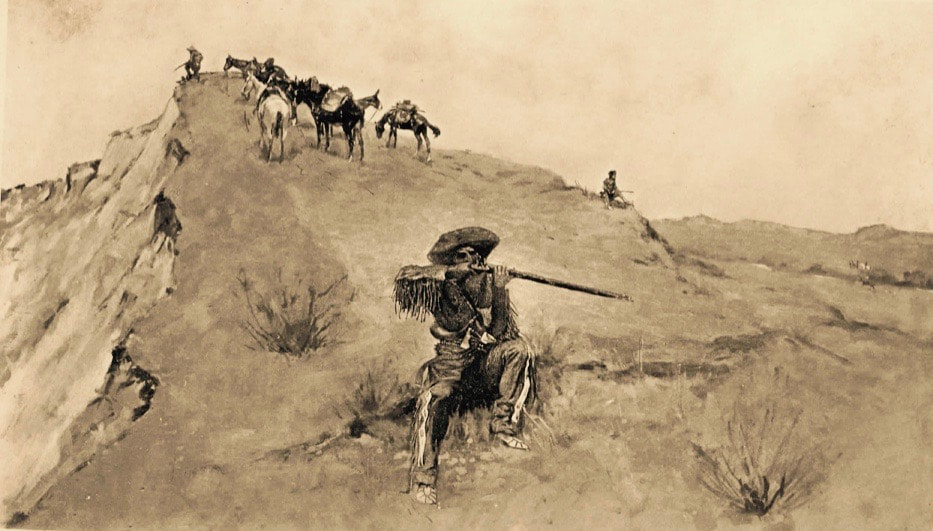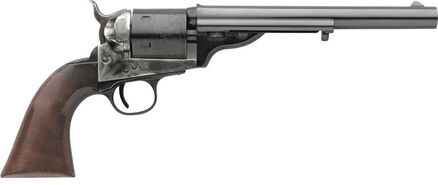GUNS OF THE WEST
Each of these firearms are not only significant guns of the American West, but they also they belonged to some of the most famous and infamous frontiersmen (and Women), soldiers, and icons who forged the American West both in myth and reality - a West we nostalgically remember today.




